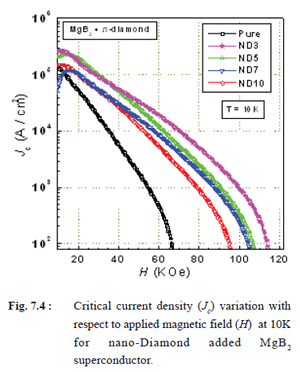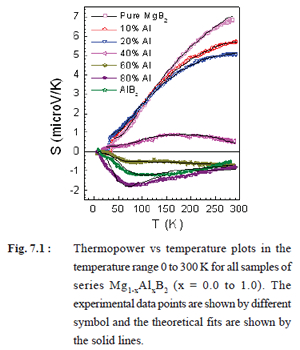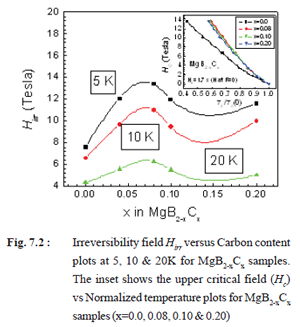Mercedes-Benz has been an innovator for decades. You can thank the German auto manufacturer for diesel andsupercharged engines on passenger cars, antilock brakes, electronic stability systems and more. But nothing could be more innovative than the BIOME concept car, unveiled at the Los Angeles Auto Show in November 2010. Here's how the official press release described the vehicle: "The Mercedes-Benz BIOME grows in a completely organic environment from seeds sown in a nursery. Out on the road the car emits pure oxygen, and at the end of its lifespan it can be simply composted or used as building material."
Engineers from the Mercedes-Benz Advanced Design Studios in Carlsbad, Calif., created the car as part of the Los Angeles Design Challenge, which called for a safe and comfortable compact car of the future that could accommodate four passengers, demonstrate good handling and weigh only 1,000 pounds (454 kilograms). The BIOME represents the Mercedes-Benz vision. It is made from an ultralight material called BioFibre so that the finished vehicle, though wider than a typical car, only weighs 876 pounds (397 kilograms). If you think that sounds too good to be true, then get this: The BIOME isn't assembled. It grows from two seeds -- one that forms the interior and one that forms the exterior. The wheels germinate from four additional seeds placed in the nursery.

 Polycrystalline MgB2-nDx (x= 0 to 0.1) samples are synthesized by solid-state route with ingredients of Mg, B and n-Diamond. The results from magneto-transport and magnetization of nanodiamond doped MgB2-nDx are reported. Superconducting transition temperature is not affected significantly by x up to x = 0.05 and latter decreases slightly for higher x > 0.05.
Polycrystalline MgB2-nDx (x= 0 to 0.1) samples are synthesized by solid-state route with ingredients of Mg, B and n-Diamond. The results from magneto-transport and magnetization of nanodiamond doped MgB2-nDx are reported. Superconducting transition temperature is not affected significantly by x up to x = 0.05 and latter decreases slightly for higher x > 0.05. Thermoelectric power, S(T) of the Mg1- xAlxB2 system has been measured for x = 0.0, 0.1, 0.2, 0.4, 0.6, 0.8 and 1.0. XRD, resistivity and magnetization measurements are also presented. It has been found that the thermoelectric power is positive for x ≤ 0.4 and is negative for x ≥ 0.6 over the entire temperature range studied up to 300 K, see Fig.7.1. The thermoelectric power of x ≤ 0.4 samples vanishes discontinuously below a certain temperature, implying existence of superconductivity.
Thermoelectric power, S(T) of the Mg1- xAlxB2 system has been measured for x = 0.0, 0.1, 0.2, 0.4, 0.6, 0.8 and 1.0. XRD, resistivity and magnetization measurements are also presented. It has been found that the thermoelectric power is positive for x ≤ 0.4 and is negative for x ≥ 0.6 over the entire temperature range studied up to 300 K, see Fig.7.1. The thermoelectric power of x ≤ 0.4 samples vanishes discontinuously below a certain temperature, implying existence of superconductivity. We report the synthesis and variation of superconductivity parameters such as transition temperature Tc, upper critical field Hc, critical current density Jc, irreversibility field Hirr and flux pinning parameter (Fp) for the MgB2-xCx system with nano-Carbon doping up to x=0.20. Carbon substitutes successfully on boron site and results in significant enhancement of Hirr and Jc(H).
We report the synthesis and variation of superconductivity parameters such as transition temperature Tc, upper critical field Hc, critical current density Jc, irreversibility field Hirr and flux pinning parameter (Fp) for the MgB2-xCx system with nano-Carbon doping up to x=0.20. Carbon substitutes successfully on boron site and results in significant enhancement of Hirr and Jc(H).



